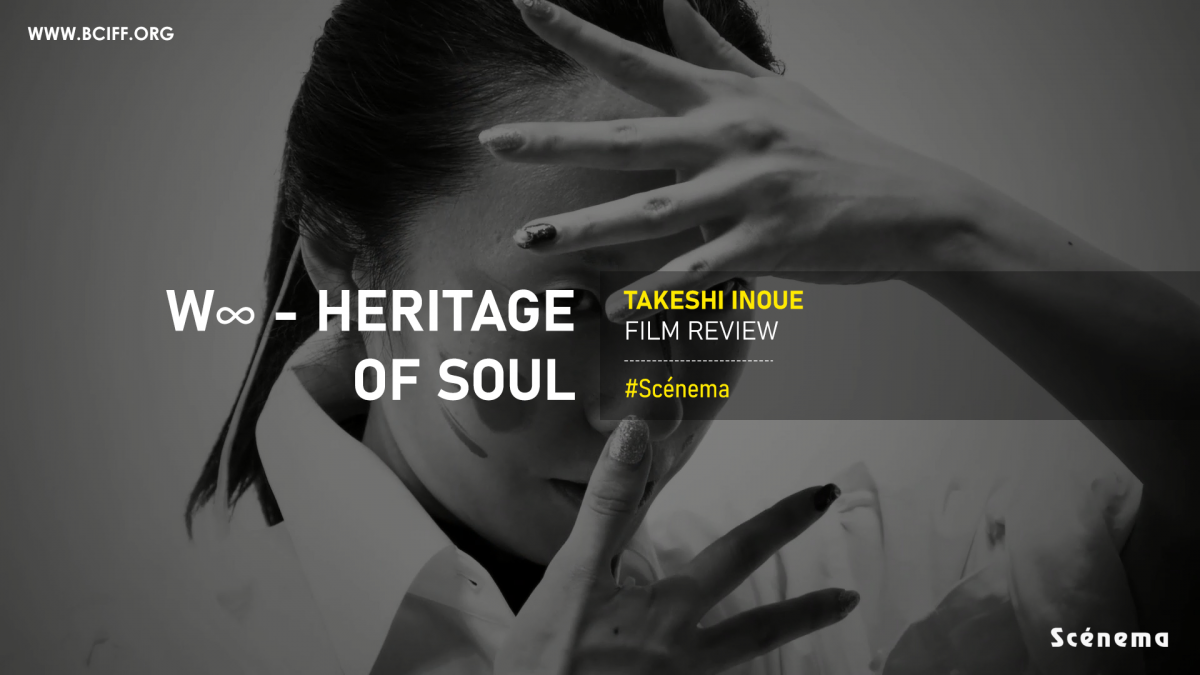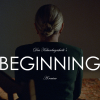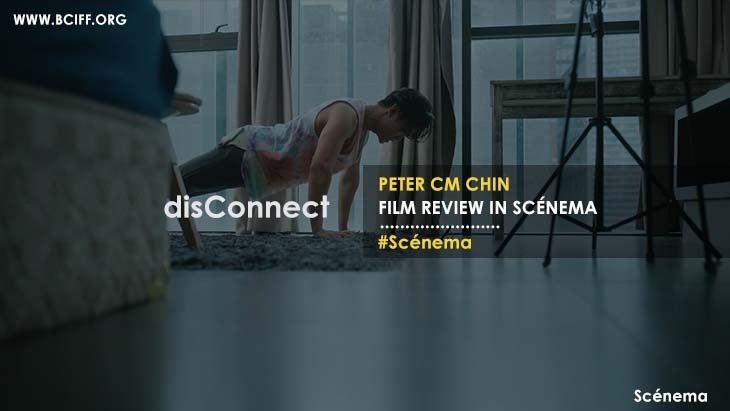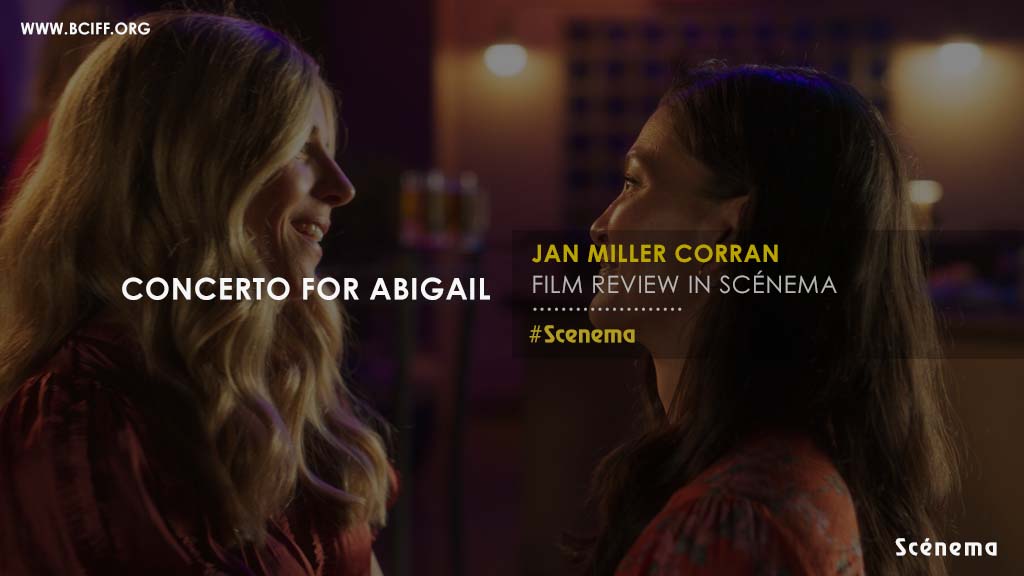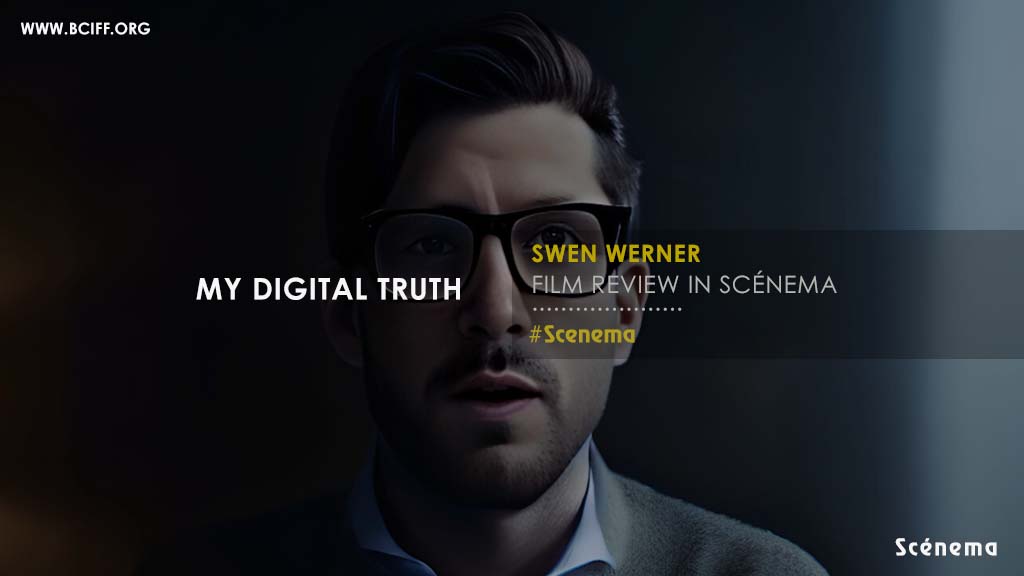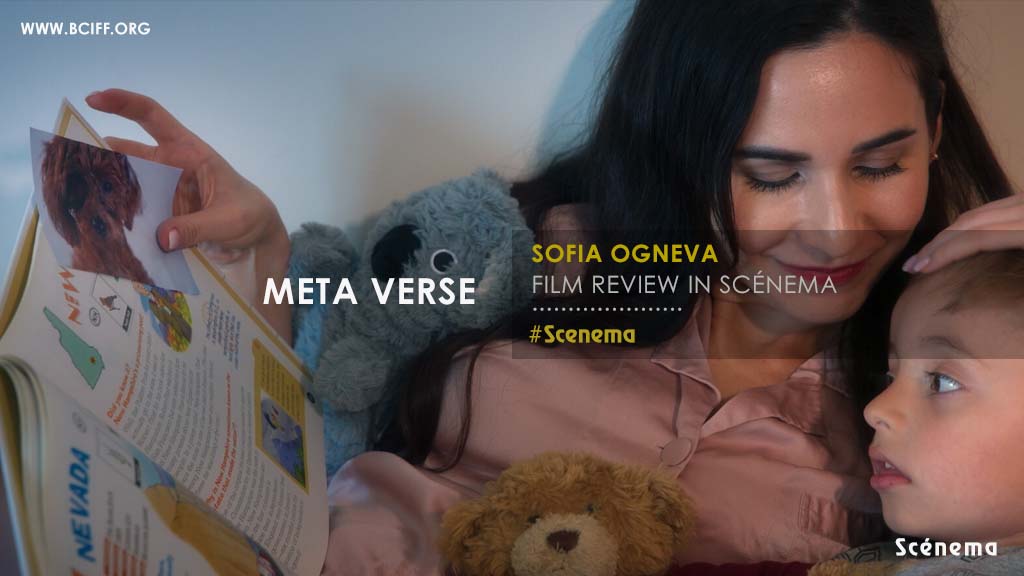Movie: W∞ – Heritage of Soul
Director: Takeshi Inoue
A labyrinth of houses,/Unbroken on the horizon./In the hills of Onomichi,/The narrow streets sing.
– Ogata Koan
Takeshi Inoue’s experimental short W∞ – Heritage of Sou takes place in Japan’s hometown, Onomichi. It is an old city of Hiroshima prefecture and is still known for its beauty and ports.. From The Path of Literature (Bungaku no komichi) decorated with quotes from notable Japanese authors, to the well-signposted Old Temple Loop ( Koji-meguri) , the city still preserves all its heritage with great might. The movie’s soul is Onomichi. As Takeshi wanders around the alleys of the town, he presents before us a new perspective.

The movie is a collage of beautiful and deep visuals.At the very beginning, after giving us a short intro to the movie, we see the stairs going up. In this scene the warp in time and space takes place.The next scene shifts to a red image . In the next scene the camera is chasing through Onomichi where time and space are distorted. We see a rock – Kagami iwa, the mirror rock on the path of Senkoji temple. Inoue’s movie brings out the nuances of life through a profound representation of Onomichi.The movie plays with colour symbolism so well. The red circle and yellow circle bear resemblance to a mother’s womb and have very different energy sources. While one feels misplaced and conflicted, the other is calm and has a guiding aura in it. Takeshi San identifies himself as the red one, an existence beaming with potential but lost. He mentions Jung-mee as a yellow circle who would eventually orient him to the right way. The movie then shows a black and white frame to show colourless nuances of life- hardship, trouble, frustration.. In the Pinwheel scene Takeshi hints at Kenchan who controls the time and space of Onomichi. After that, the distorted blue image comes on screen and at the end the wave of tranquillity comes that balances out all the trouble. Yuina’s performance here is choreographed beautifully, as she glides through the air, the movie slowly goes towards a resolution. It is then, Takechan’s soul enters into Yuina and hints at an unification through time and space. The colours of her Yuina’s makeup symbolise the characters- Takechan’s red, Jumg-mee’s yellow, Yuina’s own passionate yet distanced blue and lastly QOOV’s black.
Inoue says, “QOOV is a made-up word from COOL. QOOV is the superlative of cool. And it symbolises the concept that we can realise our dreams and hopes through the bonds of people, dignified way of living, and keeping our faith. We believe that this is sure to lead to the ascent of our value and that QOOV is the coolest thing of all.”The movie ends at a railroad crossing signifying the balance of tranquillity of human life.

The movie gives a deep profound insight into the human mind in the backdrop of Onomichi, the mystical ancient town of Japan. Takeshi Inoue shows his brilliance of perception in the film and creates an unforgettable experience for the viewers.
The soul of Onomichi is preserved well in the short film and leaves a lasting impression-
Under the shadow of the sun,/The azure sea comes to life,/As the Onomichi shoreline glistens
– Jippensha Ikku

